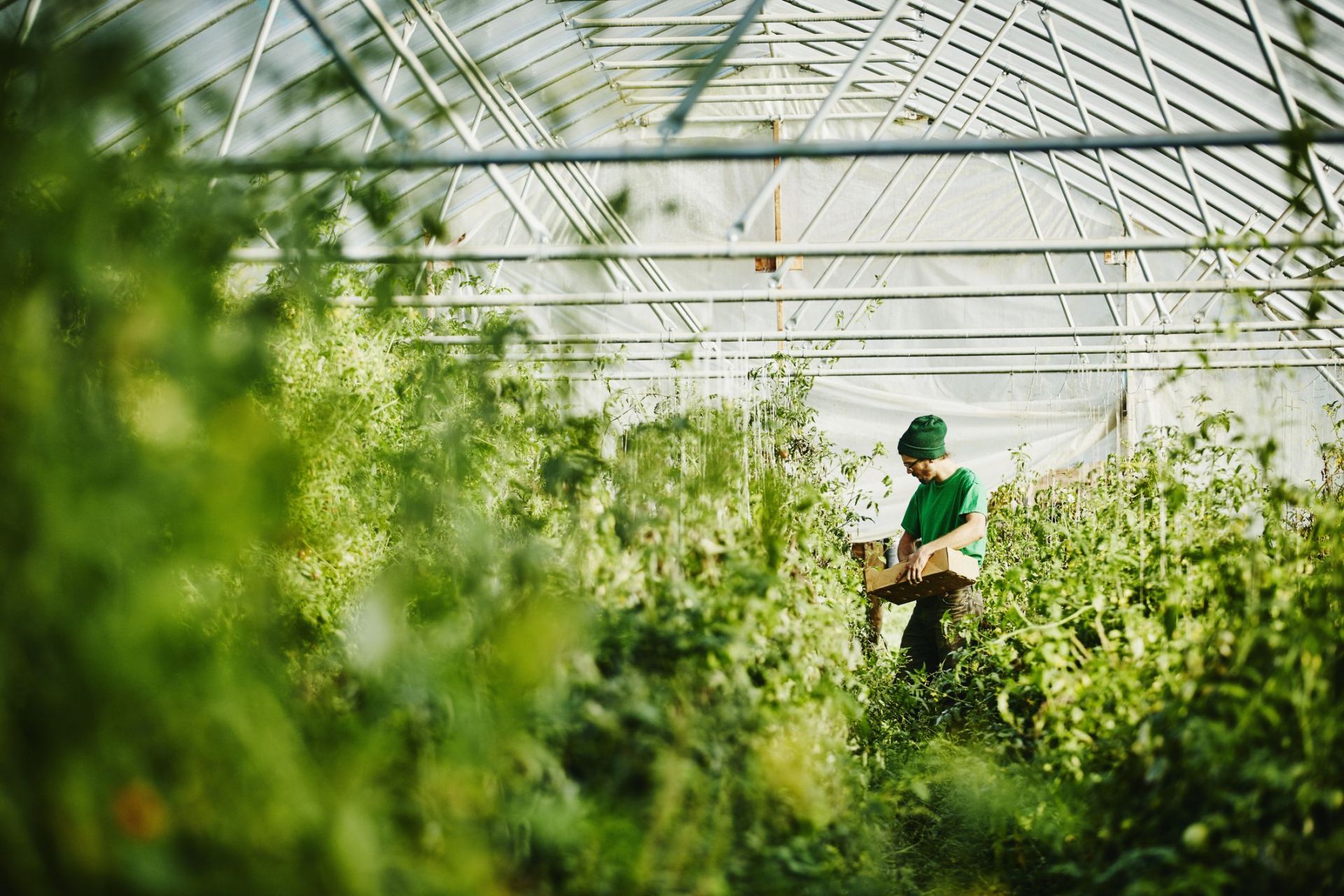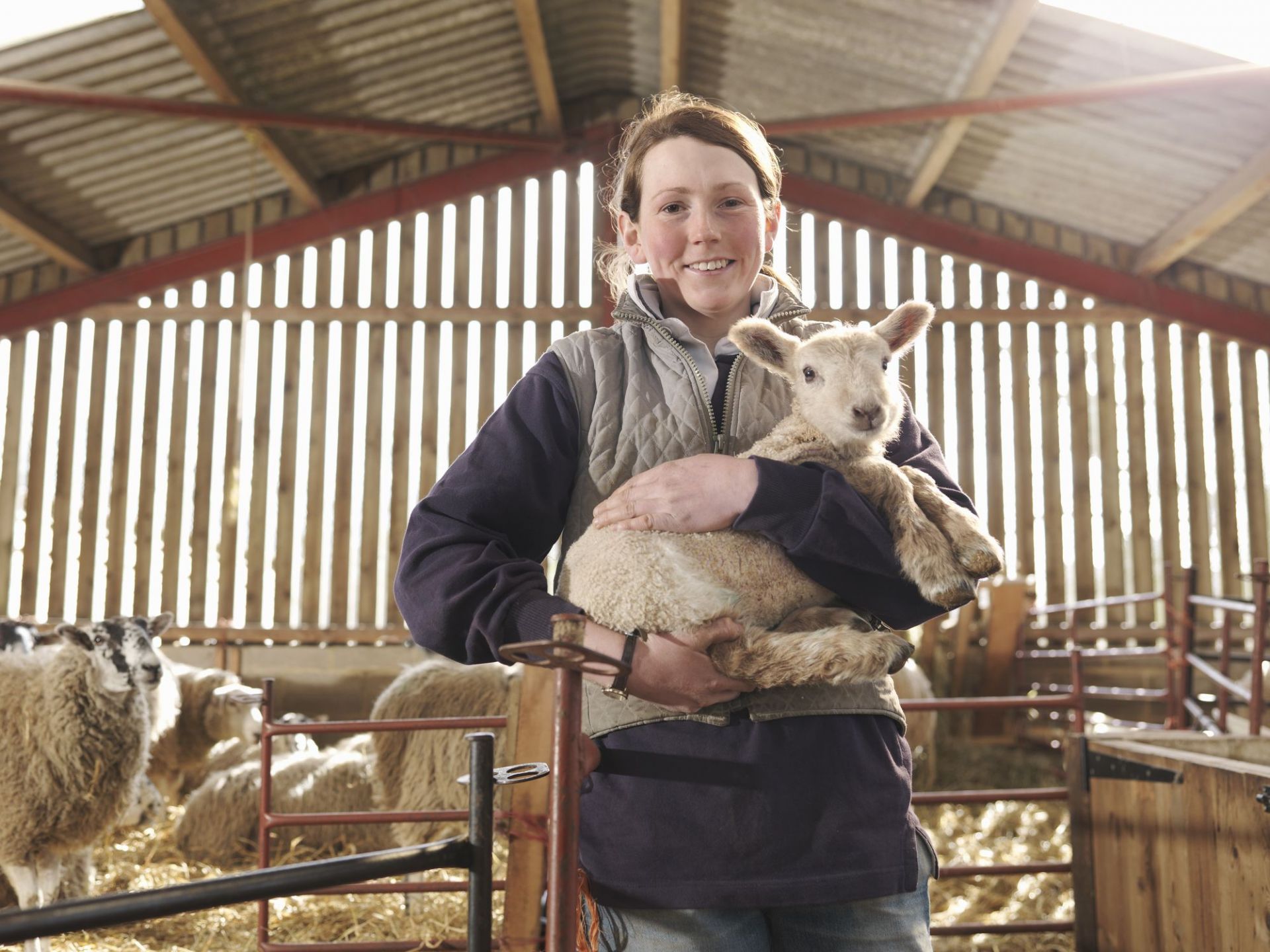The new Common Agricultural Policy will enter into force on 1 January 2023 after a transitional period of two years.
Silvia Michelini, Director for Rural Development in the Directorate-General for Agriculture and Rural Development in the European Commission, tells us the main novelties of the future policy as far as EAFRD financial instruments are concerned.


“The CAP Strategic Plans will be the cornerstone of the future policy. They are strategic documents where the Member States are going to present the assessment of their needs, their strategies as well as the mix of interventions they want to use to reach the objectives of the CAP”, says Silvia Michelini in a fi-compass podcast interview released this summer.
The new CAP will be based on a new 'delivery model', where the key word will be 'performance': “We want the future plans to be built around a sound intervention logic. We also want to ensure that the Member States fix their objectives in the context of the CAP overall objectives, as well as the way they will reach them”, she announces.
An increased use of financial instruments in line with the European Green Deal
To encourage sustainable farming practices, Michelini also hopes to see an increased use of financial instruments to support riskier types of projects involving digital solutions, energy saving machinery and equipment and thus boost the green transition.
“25% of agricultural land in the EU should be organic by 2030 and all our rural areas will need to have access to fast broadband by 2025”, she recalls while stressing that more flexibility in the design of interventions will help this ambition materialise.
Generational renewal: still high on the agenda
Regarding young farmers, an often-debated topic in recent fi-compass webinars, the numbers speak for themselves: only 5% of all farmers are younger than 35 while 58% are older than 55. Michelini points out that the new CAP provides a number of tools to tackle this issue. Member States will be able, for instance, to devote a share of their funds under direct payment to interventions that are focusing on them. “They can decide whether to use the first pillar tools, top-up payments or installation grants under the second pillar, or both of them, in the perfect mix they find opportune, based on their specific situation”, she says.
Referring to the 2020 study on financing needs in the agriculture and agri-food sectors, which pointed out a financing gap of between EUR 20 and 47 billion for agriculture in the EU, she stresses the strategic role EAFRD financial instruments can play to help young farmers access finance more easily.
Regarding the transitional period (2021/2022), Michelini recalls that: “New funds coming from the multi-annual financial framework [2021-2027, ed.] as well as from Next Generation EU, with a direct injection into the rural development funding will continue supporting farmers, agri-food enterprises and rural areas” until the new CAP is in force.
A positive period for EAFRD financial instruments
Finally, with 31 financial instruments operating and EUR 760 million of public resources programmed for financial instruments, Silvia Michelini is confident about the transitional and the future programming periods: “Financial instruments are there and we see a lot of things happening even in this period. We have countries like Bulgaria, Lithuania, and Latvia where financial instruments will become operational later this year. So, I see this transition as a very positive period, with a positive impact also for the future”.
